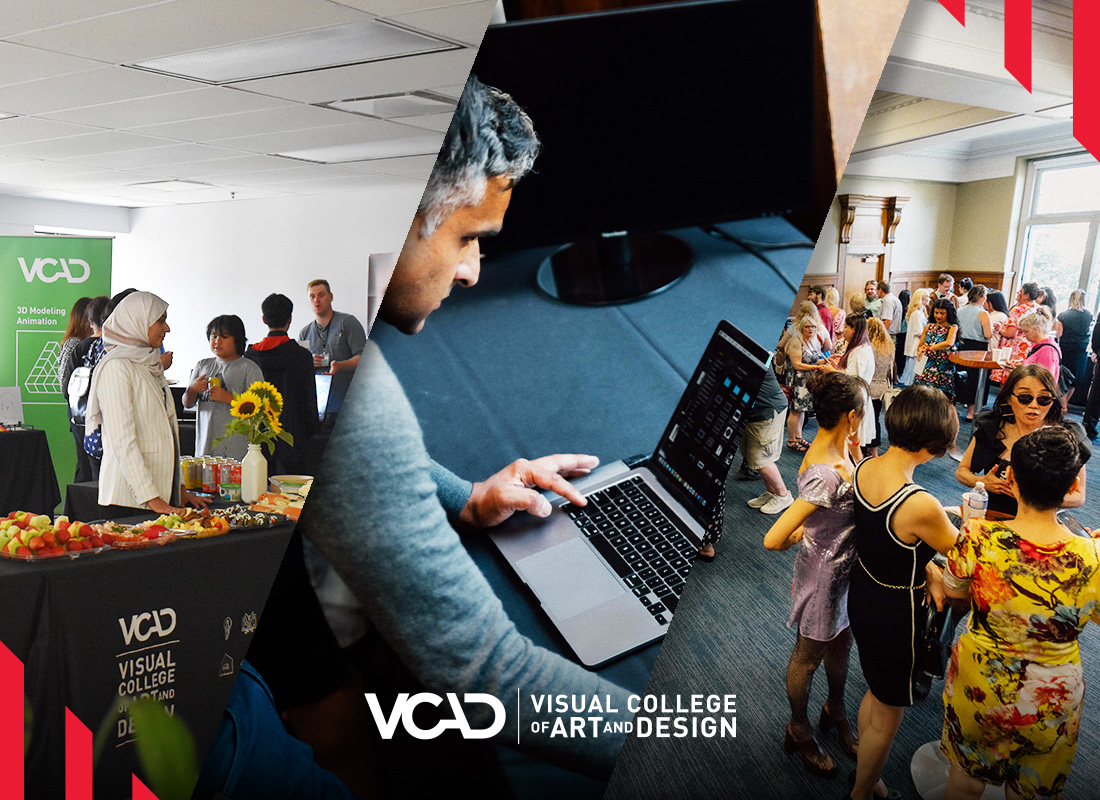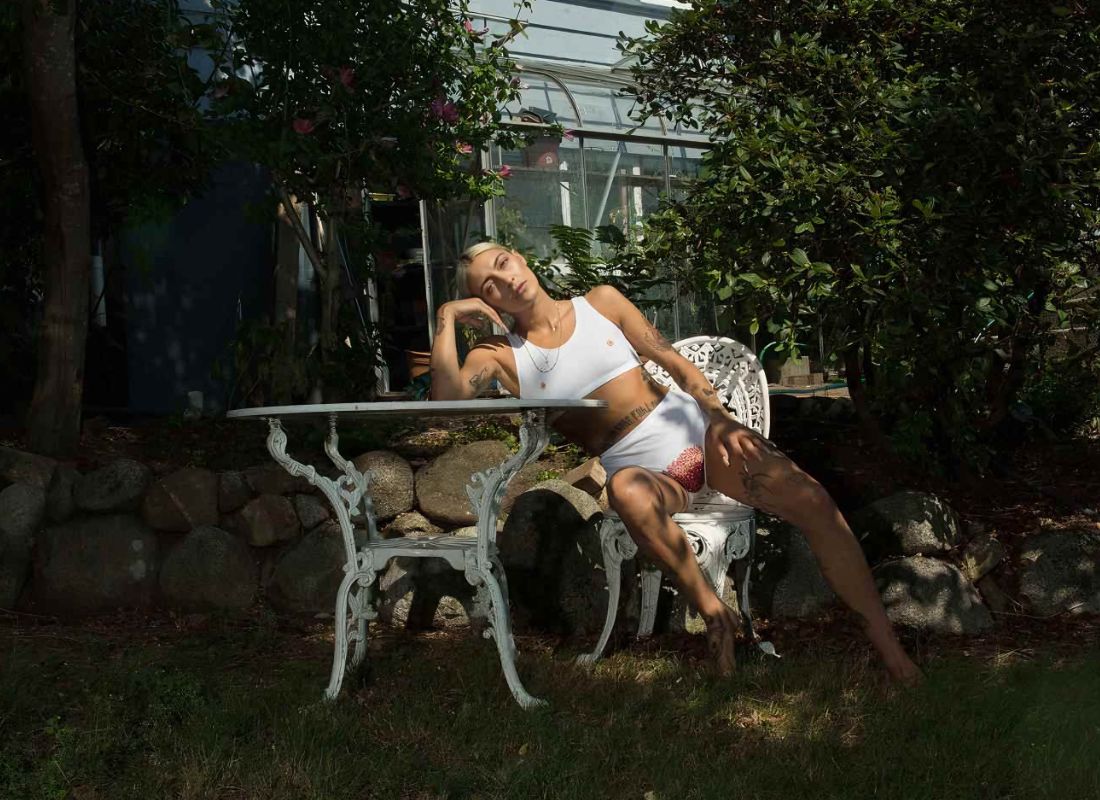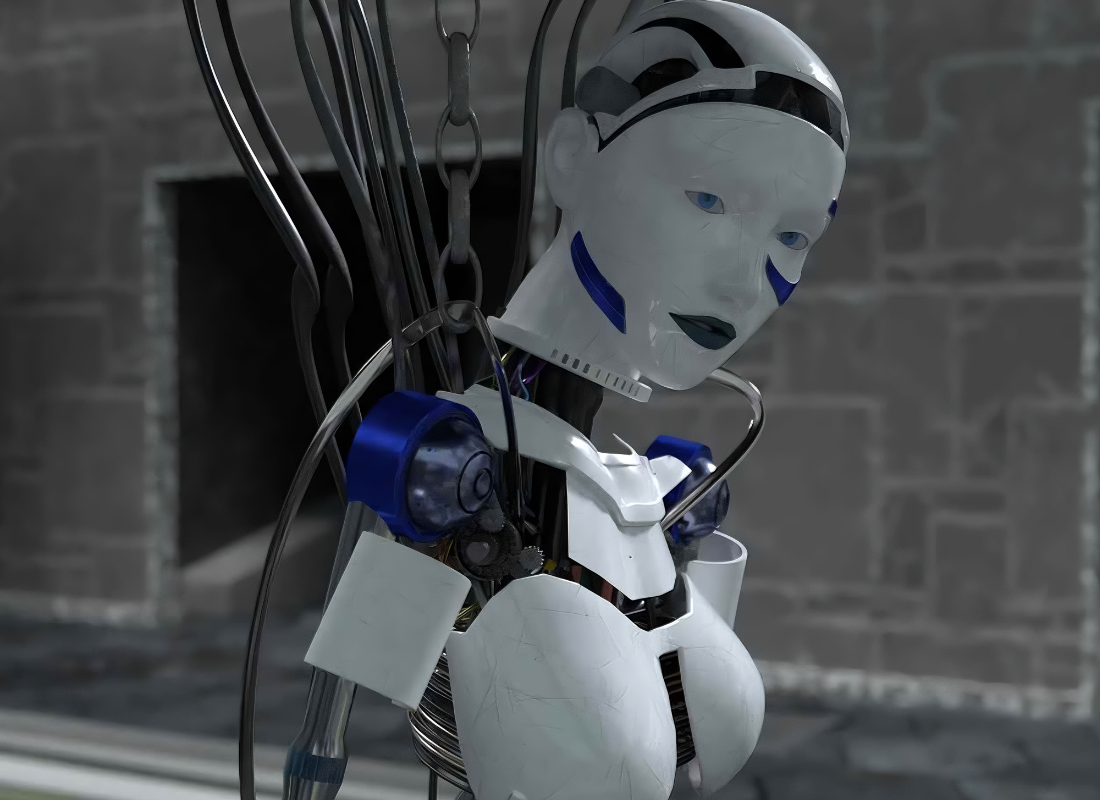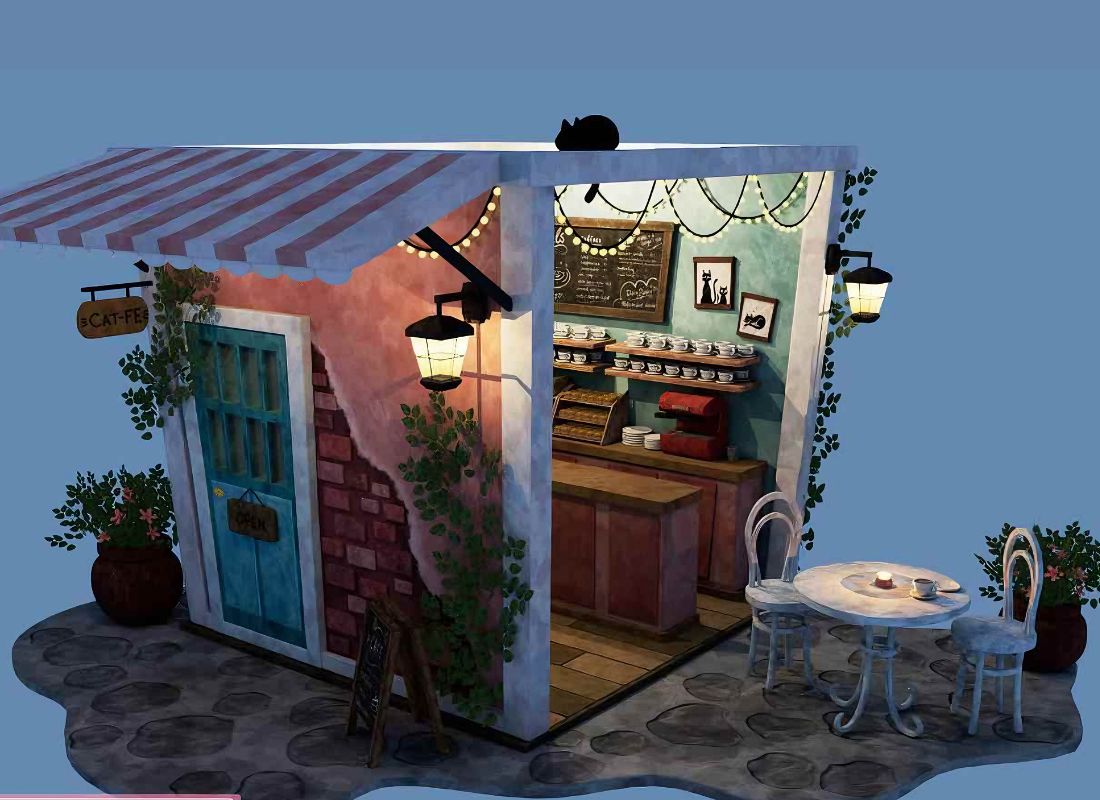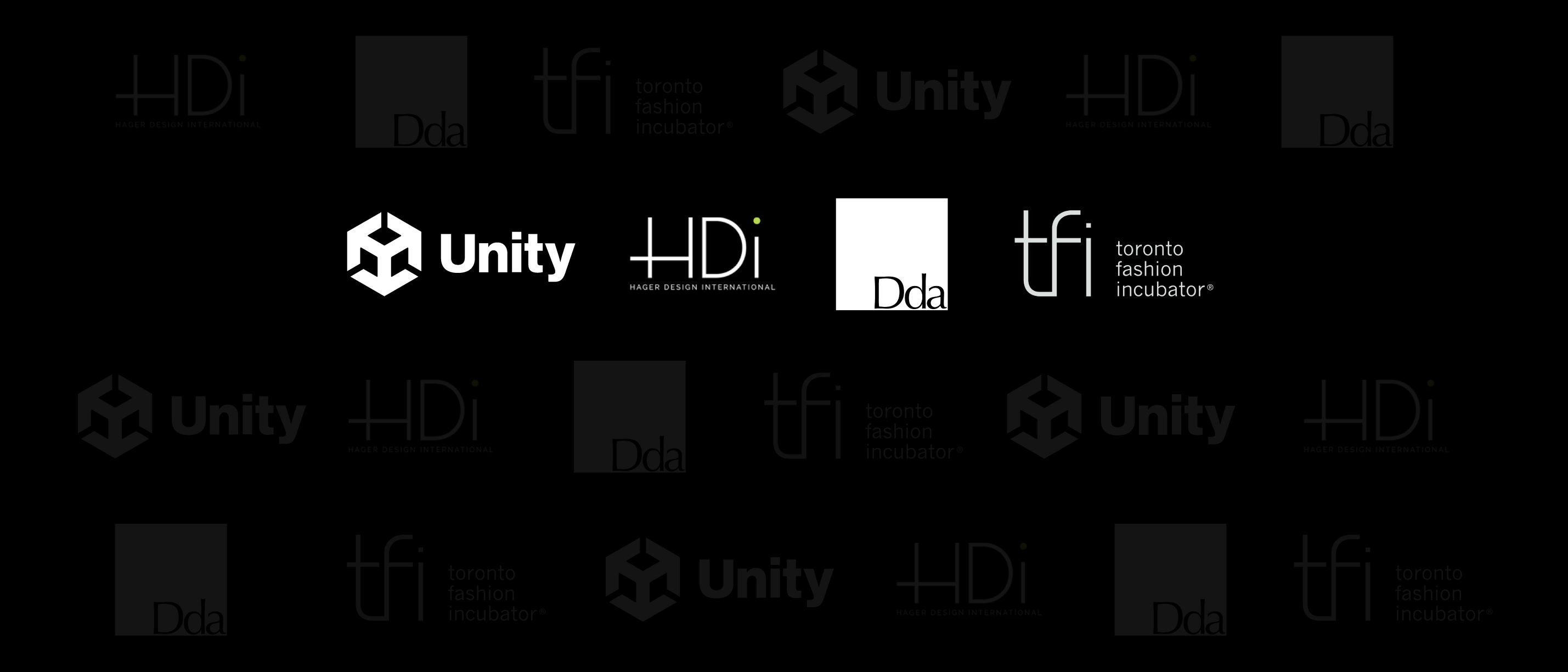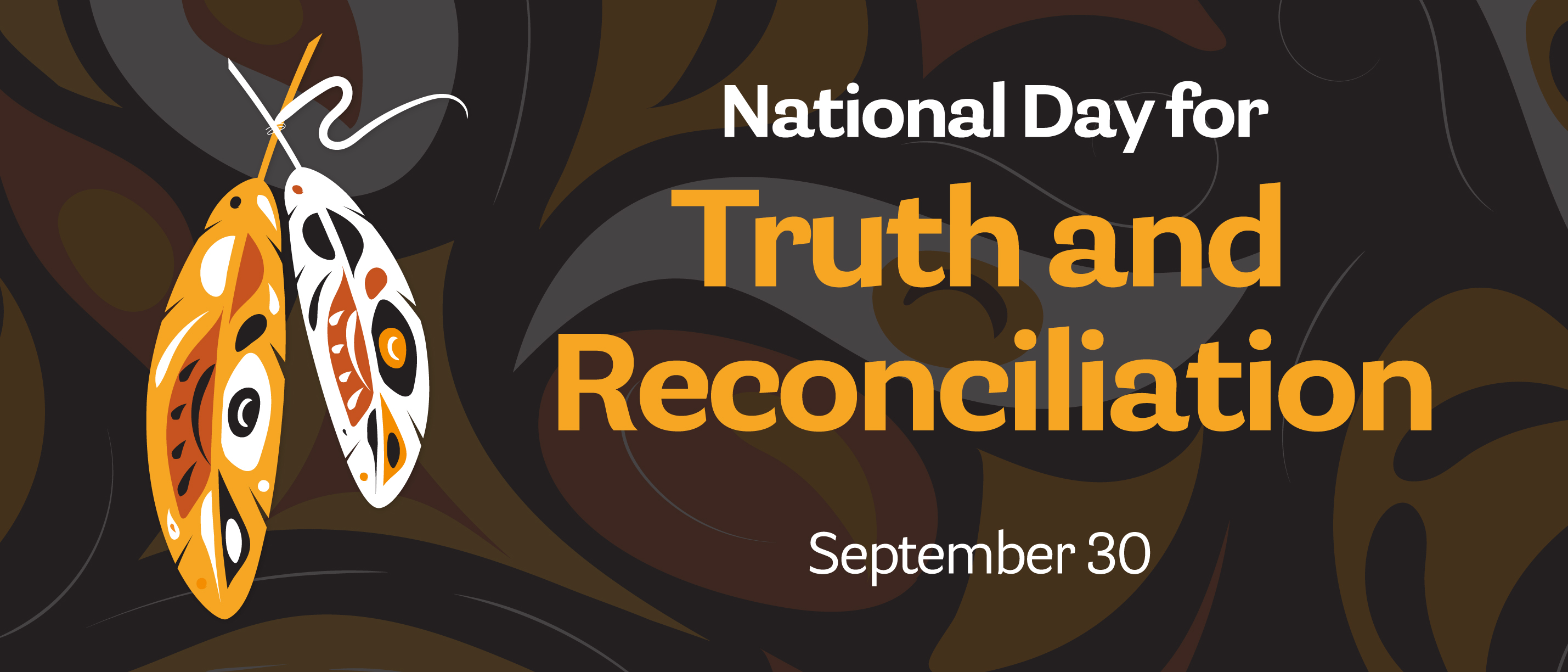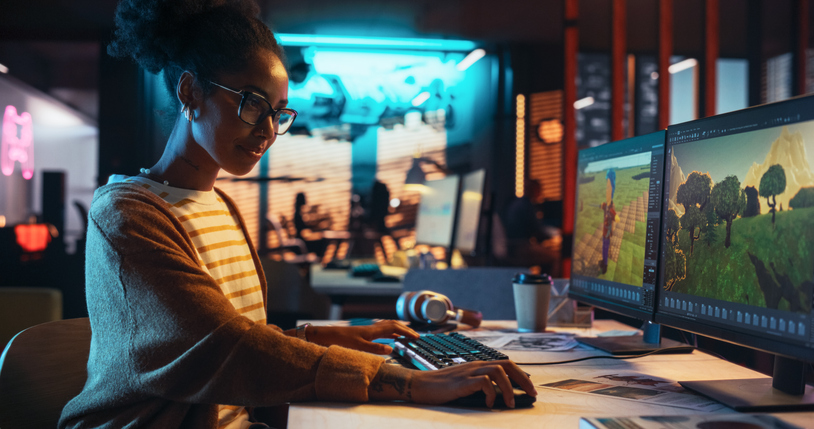Visual effects, better known as VFX, are the invisible magic behind today’s most unforgettable movies, games, and streaming shows. From photorealistic dragons to futuristic cityscapes, VFX blends imagination with technology to create visuals that simply cannot be captured in real life. But where does VFX animation fit into the picture? And how does it connect to 3D modeling, CGI, and animation careers?
If you are dreaming of becoming a 3D animator, or game creator, understanding VFX animation is essential. This beginner-friendly guide breaks down everything you need to know what VFX animation is, how it works, the skills you will need, and the career paths waiting for you.
Let’s dive into a world where creativity meets cutting-edge technology.
What Is VFX Animation?
VFX animation refers to the process of creating computer-generated imagery (CGI) and animated elements that are integrated into live-action footage or full CG environments. It sits at the intersection of 3D modeling, animation, simulation, compositing, and post-production. In simpler terms:
VFX animation brings impossible visuals to life
A few iconic examples include:
- The Na’vi characters in Avatar
- Magical combat sequences in Doctor Strange
- Large-scale superhero battles in The Avengers
- Atmospheric worldbuilding in Dune
- Creatures and environments in AAA video games
To create these visuals, artists use specialized 3D tools to model characters, animate motion, simulate effects like water or smoke, and blend everything seamlessly into a final scene.
VFX vs. Animation: What’s the Difference?
Although VFX and animation often work together, they are not the same.
Animation
Animation focuses on creating movement such as:
- Characters walking or talking
- Facial expressions
- Object interactions
- Camera storytelling
- Creature performances
Animation can exist in both 2D and 3D formats and is used in films, games, commercials, and VR projects.
VFX
VFX focuses on creating or enhancing elements that cannot be realistically filmed. This includes:
- Explosions
- Weather systems
- Digital creatures
- Worldbuilding
- Set extensions
The two fields come together when an animator’s work is integrated into a live-action or digital environment. For example:
- A 3D creature animated by an artist appears in a real filmed forest
- A digital sci-fi city is filled with animated flying vehicles
- Simulated smoke or dust interacts with a live actor
If animation is the performance, VFX is everything around it that builds the world.
The Core Components of VFX Animation
VFX animation involves multiple steps that work together to create the final visual. Here are the major components every beginner 3D artist should understand.
1. CGI (Computer-Generated Imagery)
CGI is the backbone of VFX. Artists build 3D models, environments, creatures, props, and anything else required for a shot. These assets are sculpted in software such as:
- Maya
- ZBrush
- Blender
- Houdini
- Unreal Engine
CGI artists create detailed assets with textures, materials, and lighting that will later be animated and composited into the scene.
Read More: Top 5 3D Animation Software to Learn in 2025
2. 3D Animation
Once models are built, animators give them life. They create digital motion that makes characters and objects believable. This can include:
- Walk cycles
- Facial performance
- Combat actions
- Creature movement
- Camera actions
Animators rely on rigs, which are digital skeletons, to control a character’s movement.
3. Motion Capture
Motion captures record human motion and transfers it to a digital character. It is used for:
- Realistic creature animation
- Facial performance
- Cinematic cutscenes
- Full body acting
- Natural character movement
A popular example is Gollum from The Lord of the Rings or nearly every character movement in modern AAA video games.
4. Simulation Effects
Simulation artists create natural phenomena such as:
- Water
- Fire
- Smoke
- Cloth
- Hair
- Particles
- Explosions
These simulations make scenes more visually complex and immersive.
5. Compositing
Compositors combine all elements created by the team into one final image. This includes:
- CGI
- Live-action footage
- Lighting passes
- Particle effects
- Shadows and reflections
Compositing ensures that everything looks unified and believable.
Where Is VFX Animation Used?
VFX animation appears in almost every corner of the entertainment industry.
Film and Television
VFX is used for everything from epic fantasy battles to subtle scene enhancements. Even genres like drama and romance now use VFX for:
- Weather
- Set extensions
- Digital crowds
Video Games
VFX animators create:
- Magic spells
- Impact animations
- Weather effects
- Environmental destruction
- Cinematic sequences
Streaming Platforms
Netflix, Prime Video, and Disney Plus heavily rely on VFX to compete with film studios.
Advertising
Commercials use VFX for:
- Product visualizations
- Futuristic storylines
- Hyper-realistic concept scenes
Virtual and Augmented Reality
Immersive XR experiences depend heavily on:
- Real-time 3D animation
- Interactive visual effects
- Environment building
What Tools Do VFX Animators Use?
Professional VFX artists rely on a variety of industry-standard tools such as:
- Maya
- Houdini
- ZBrush
- Substance Painter
- Unreal Engine
- Redshift
- Toolbag
- After Effects
- Nuke
- Python
You do not need to master everything at once. Most artists learn gradually and specialize over time.
How Do You Become a VFX Animator?
If this creative field inspires you, here is a simple roadmap to start your journey.
1. Build Strong Artistic Foundations
Before you dive into software, it helps to understand:
- Drawing
- Color and composition
- Anatomy for artists
- Storyboarding
- Light and shadow
These fundamentals help you create appealing and believable visuals.
2. Learn 3D Software
Start with beginner-friendly tools, then progress to professional-level programs used in film and games.
3. Create Hands-On Projects
Practice is everything. The more you create, the faster your skills grow.
4. Build a Strong Portfolio
Your portfolio is what gets you hired. Include:
- Characters
- Props
- Environments
- Animated loops
- Model turntables
- Final rendered scenes
5. Stay Updated with New Technology
VFX evolves fast. Techniques such as real-time rendering, virtual production, and AI-assisted workflows are transforming the industry.
Why VFX Animation Is a Great Career Path
VFX animation offers:
- Creative freedom
- High global demand
- Opportunities across film, games, and XR
- Remote-friendly roles
- Strong salary potential
- A collaborative work environment
It is a career path where imagination meets innovation.
How VCAD Supports Future 3D Artists
If you are excited to start learning VFX, CGI, and animation, choosing the right training makes a difference. One program that aligns perfectly with industry skills is the VCAD’s 3D Modeling Animation Art and Design Diploma available fully online. This program is designed for students who want:
- Flexible learning with 24/7 online access
- Hands-on projects that build real skills
- Training with industry-standard software
- Portfolio development through studio-style assignments
- Guidance from experienced digital arts instructors
Graduates often pursue roles such as:
- 3D Character Artist
- 3D Modeler
- Texture Artist
- Lighting Artist
- Animator
- VFX Artist
- Game Environment Artist
The program aligns closely with the tools and workflows used in professional studios, helping students enter the industry with confidence.
Final Thoughts: Your Journey Starts Here
VFX animation is an exciting field where creativity and advanced technology meet. It allows artists to:
- Build entire worlds
- Create unforgettable characters
- Turn imagination into visual storytelling
- Work across multiple creative industries
If you love art, design, storytelling, and problem-solving, VFX animation could be the perfect path for you. With flexible online programs like VCAD’s 3D Modeling Animation Art and Design Diploma, you can begin learning from anywhere and start building the future you imagine.


